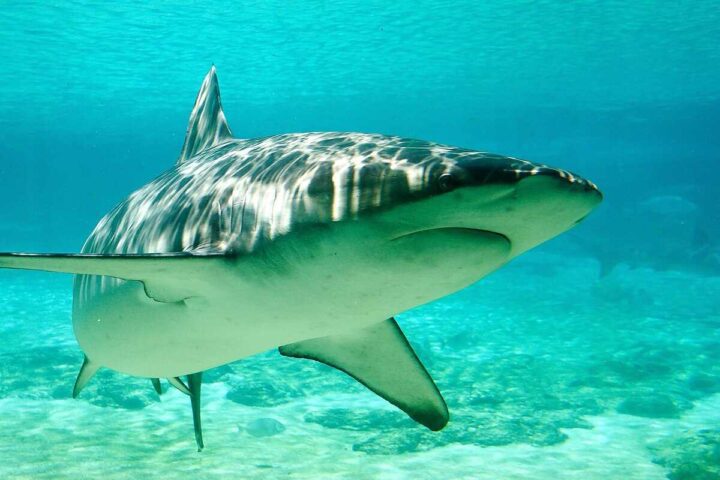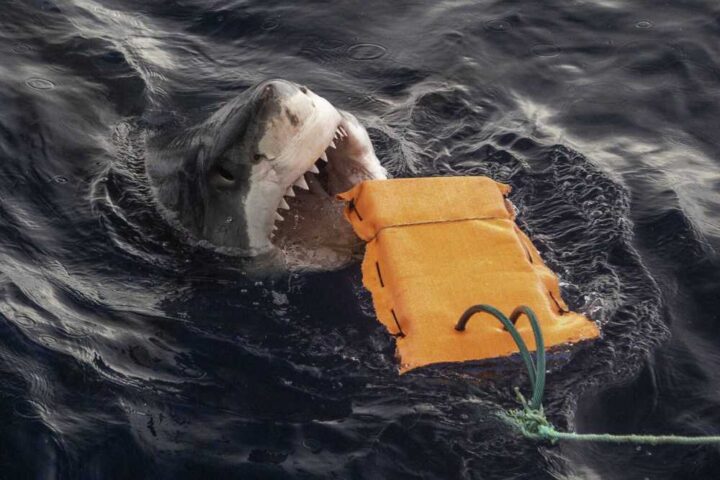New footage revealed by Florida State University researchers reveals catastrophic damage across the Emperor Seamounts, where bottom trawling equipment had scraped ancient coral formations. Greenpeace’s Rainbow Warrior expedition documented 84 shark deaths within 25 hours—approximately three sharks every hour—while observing longline operations.
The Emperor Seamount chain spans 80 underwater mountains, where cold-water corals, deep-sea sponges, and diverse marine communities face destruction from standard rockhopper fishing gear dragging 53-cm-diameter rubber discs across the seafloor. Bottom trawling using steel bobbins can crush benthic habitats.
Dr. Amy Baco-Taylor, Professor at Florida State University’s Earth, Ocean, and Atmospheric Sciences Department, explains: “The deep oceans are an amazing, mysterious world, full of life. This footage of ghost gear littering the seafloor hundreds of meters deep shows the degree of impact that the fishing industry has had.”
Longline vessels deploy monofilament mainlines extending 100 km and are attached with sharp circle hooks. These hooks, which are particularly of size 14/0-16/0, are causing damage to the benthic system. A ROV survey documents that these scleractinian coral colonies are over 13300 years old. Long-term trawling, especially with scallop dredges, has shown a 40% increase in substrate compaction in trawled areas of these corals.
The fishery’s history tells a story of sequential depletion. Soviet trawlers discovered seamount populations in 1967, followed by Japanese fleet exploitation of pelagic armorhead in 1969. It is estimated that around 730,000 Metric tonnes were caught by the Soviet fleet. Beyond sharks, current monitoring reveals concerning bycatch rates: 0.030 Laysan albatross per 1000 hooks, 0.057 black-footed albatross, and 0.007 leatherback turtles, as shown by a recent 2022 report.
The mountains sequester a large amount of carbon annually, which is however not studied well. Additionally, they provide spawning grounds for 77 commercial species. Dr. Martin Willson of Dalhousie University of Haliflix NS observes. ”At present, scientists studying deep sea corals are in an unfortunate race with commercial fishermen, who are trawling these corals into oblivion.”
Similar Posts
Labour conditions aboard vessels show equally troubling patterns. Workers receive less than 10 hours of sleep in a 24-hour period, facing water rationing and non-functional safety equipment. Modern electronic monitoring systems (EM), which involve real-time image capture, offer some oversight, and by using AI-powered species recognition, fisheries have been made more efficient.
Chris Thorne, Greenpeace UK’s Protect the Oceans Campaign Manager, states: “Even in the most remote areas of the oceans, in the deep silence of the deep, industrial fishing is causing environmental destruction. The Emperor Seamounts must be one of the first areas protected using the Global Ocean Treaty.”
The North Pacific Fisheries Commission failed to pass a U.S.-Canada proposal banning bottom trawling at Emperor Seamounts in April 2024, despite Japanese opposition contradicting international biodiversity protection obligations.
Without intervention, scientists project that by 2100, coral reefs may get completely annihilated, and 64.6% of fish stocks remain as of 2019 . The Global Ocean Treaty, ratified in September 2023, offers new protection opportunities for these vulnerable marine ecosystems, recognised as ancestral environments central to Hawaiian cultural concepts of human-nature kinship.
The mountains’ fate hangs precariously between exploitation and conservation. Charli Fritzner, On Board Lead of Greenpeace Beyond Seafood Campaign, concludes: “Out here on the high seas, far from the public gaze, industrial fishing vessels can pillage the oceans at will. This same industry is also notorious for poor labor conditions for fishers on board.”

















